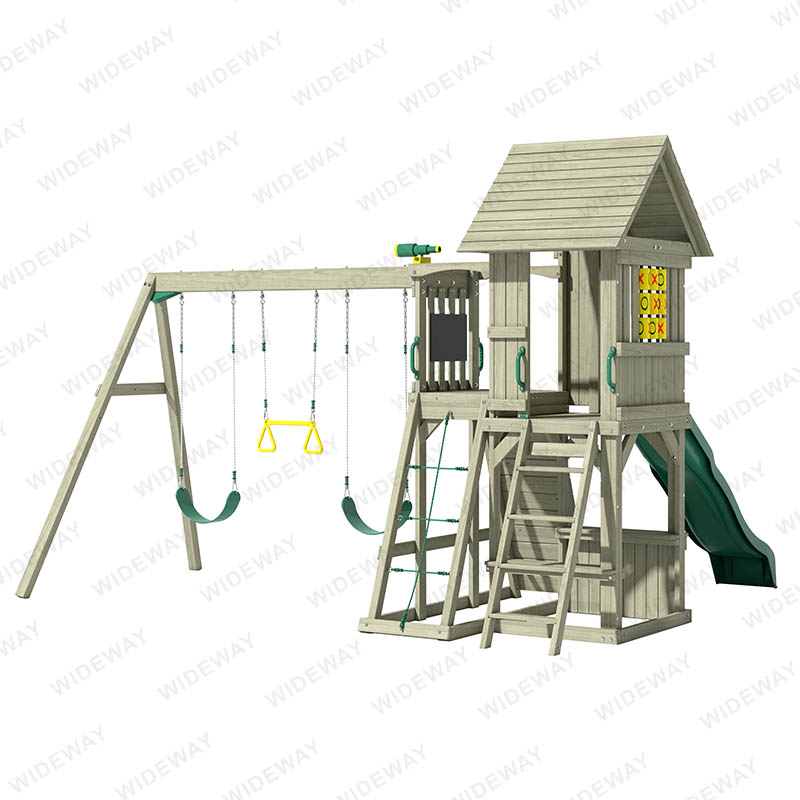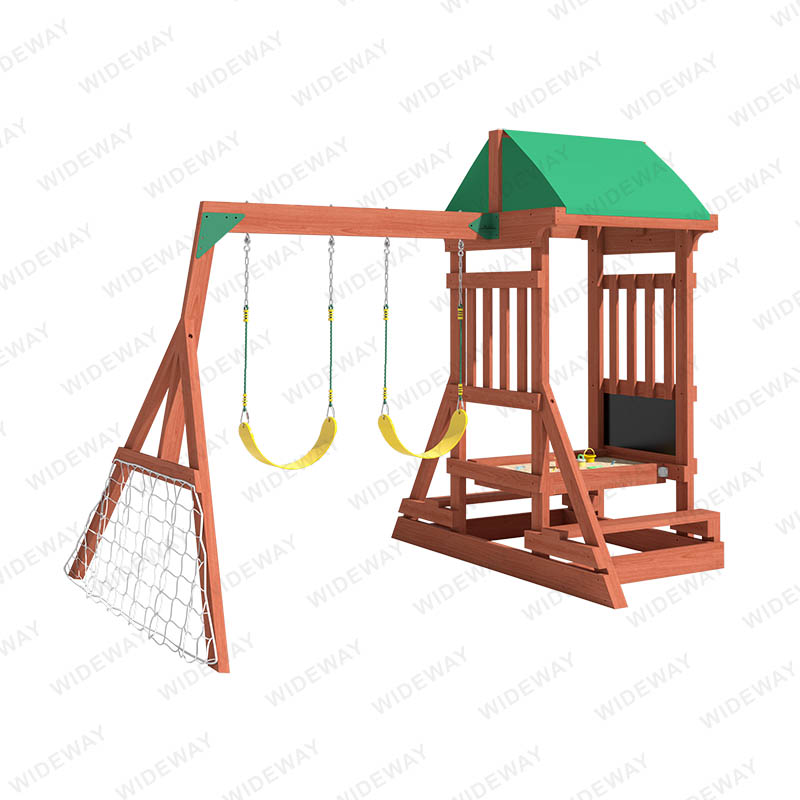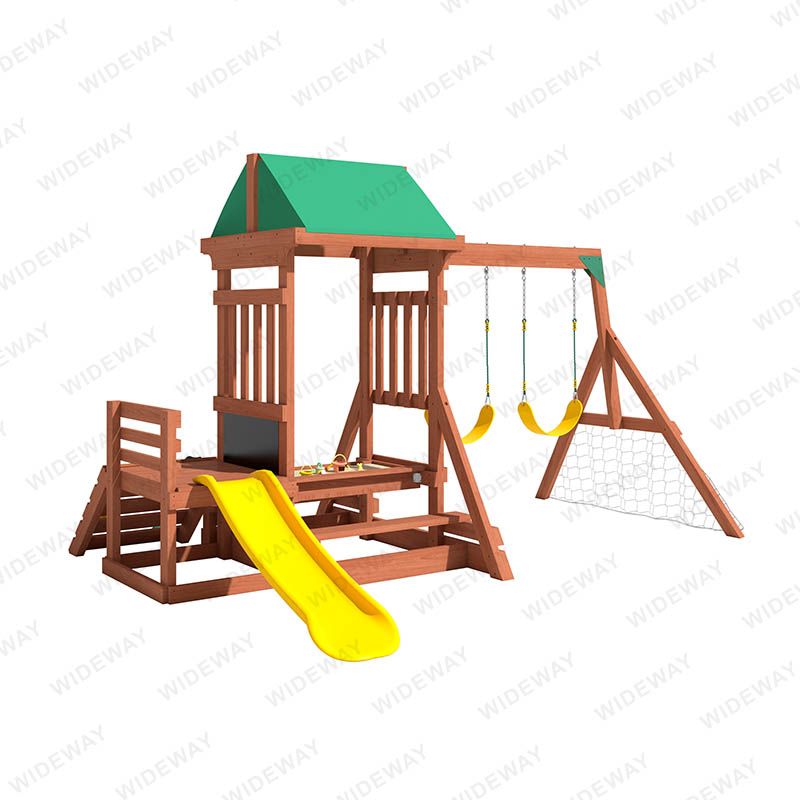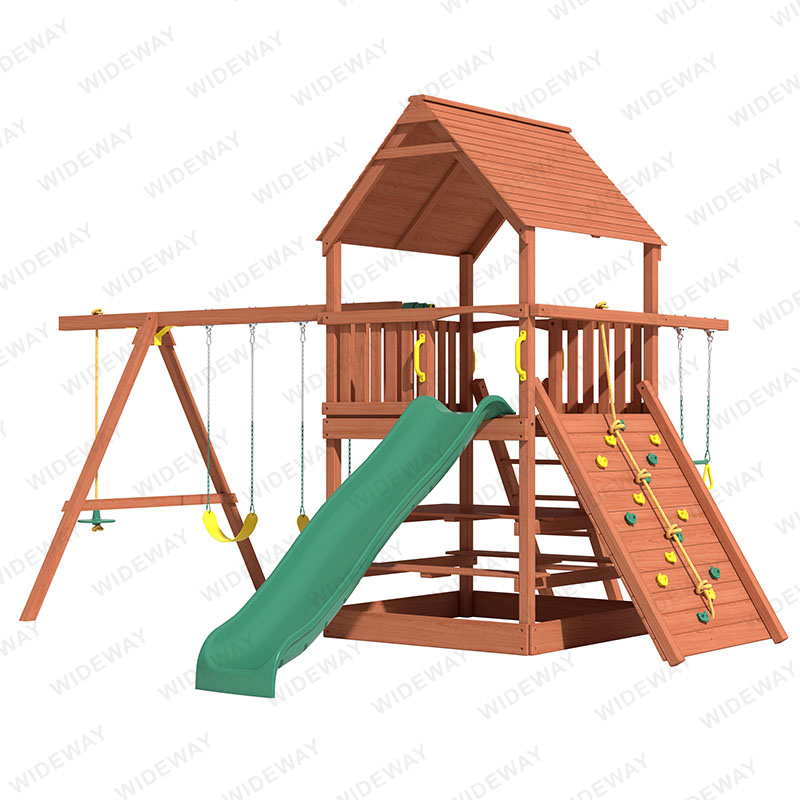How to choose the right location for your play house?
2024-09-18Play House is a fun and creative way to keep your kids entertained. It is an outdoor playhouse that comes in various shapes and sizes, allowing your children to have a space of their own to play and imagine. The playhouse can be used for a variety of activities such as playing house, doctor, or even hosting tea parties. It is made with high-quality materials and is designed to withstand various weather conditions, ensuring your children can play with it for years to come.
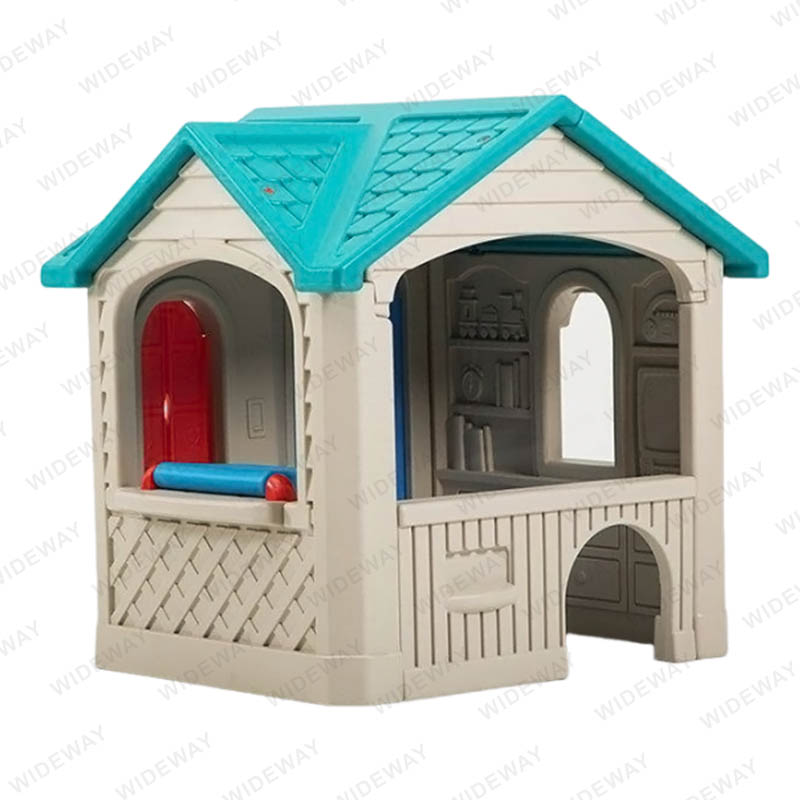
What Should You Consider When Choosing a Location for Your Play House?
Choosing the right location for your Play House is essential to ensure that your children can play safely and comfortably. Here are some key factors to consider when selecting a location:
Does the Location Provide Enough Space?
You want to ensure that the area you choose is spacious enough to accommodate the playhouse. It should have enough room for your child and their friends to play comfortably.
Is the Location Safe?
You should choose a location that is safe for your children to play in. Consider whether the area is prone to flooding, whether there are any sharp objects or other hazards that could potentially harm your child.
Does the Location Provide Shade?
It is important to ensure that the location you choose for your playhouse provides enough shade to protect your children from the sun's harmful rays. This will also ensure that the playhouse does not get too hot for your child to play in during the summer months.
What is the Ground Like?
The ground should be even and stable enough to support the playhouse. Uneven or sloped grounds can make the playhouse unstable, increasing the risk of accidents.
In Conclusion
Choosing the right location for your Play House is crucial to ensure your children can play safely. Consider the size of the area, safety, shade, and ground conditions before installing your playhouse.
Ningbo Longteng Outdoor Products Co., Ltd. is a company that specializes in creating high-quality outdoor products like Play House. Our products are designed to provide years of fun, imaginative play for your children. If you are interested in purchasing one of our Play Houses or have any questions, please contact us at sales4@nbwideway.cn. Visit our website at https://www.nbwidewaygroup.com for more information.
References:
Zeng, Q., Guo, X., & Wang, L. (2021). An Exploratory Study of Children's Play in Play Houses. Journal of Research in Childhood Education, 35(1), 123-136.
Wu, J., & Li, Y. (2019). The Effects of Play House Installation on Children’s Creativity in a Preschool Setting. Early Childhood Education Journal, 47(1), 11-18.
Liu, Y., & Xie, D. (2018). Children's Play Behaviors in a Play House Environment. Journal of Family Studies, 24(2), 157-166.
Chen, M. (2017). The Relationship between Play House Play and Social Skills Development in Young Children. Early Childhood Development and Care, 187(11), 1692-1702.
Zhao, S., & Wang, J. (2016). The Influence of Play House on Children's Language Development. Modern Language Journal, 100(3), 720-736.
Leng, Y., & Chen, R. (2015). Investigating the Relationship between Play House Play and Problem-Solving Skills in Young Children. Journal of Research in Childhood Education, 29(2), 203-215.
Hu, J., & Zhang, S. (2014). Children's Play Patterns in a Play House Setting. Early Childhood Education Journal, 42(5), 309-316.
Zhou, H. (2013). A Comparative Study of Children's Play Behaviors in Play House and Traditional Play Settings. Journal of Education and Learning, 2(4), 15-23.
Guo, Y., & Yang, J. (2012). The Benefits of Play House Play for Young Children's Social and Emotional Development. Early Child Development and Care, 182(8), 1047-1059.
Zhang, Y., & Liu, M. (2011). Children's Participation in Play House Play and Their Cognitive Development. Journal of Playwork Practice, 223(4), 319-331.
Li, X., & Wang, H. (2010). The Effects of Play House Play on Children's Social Development. International Journal of Early Years Education, 18(2), 101-113.

